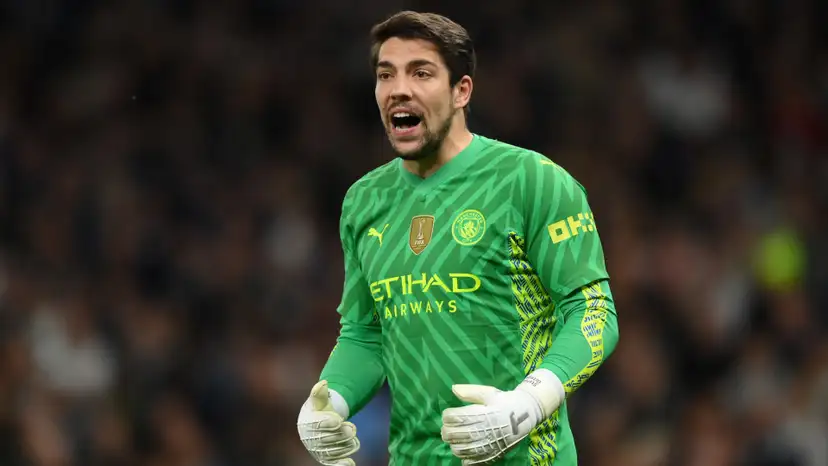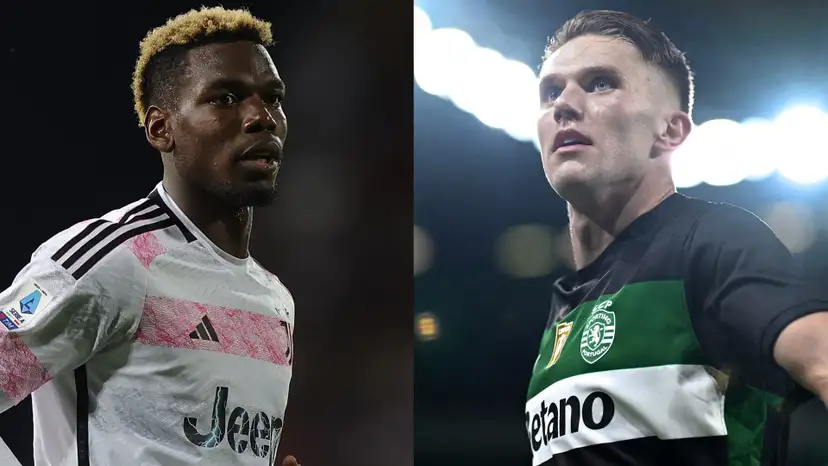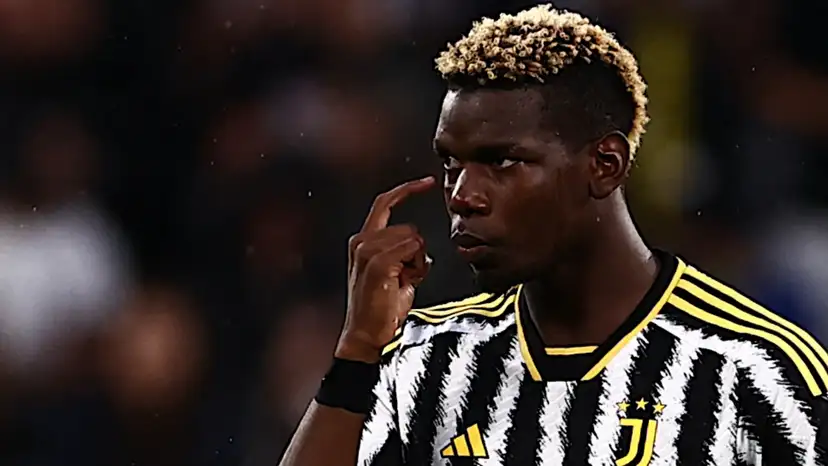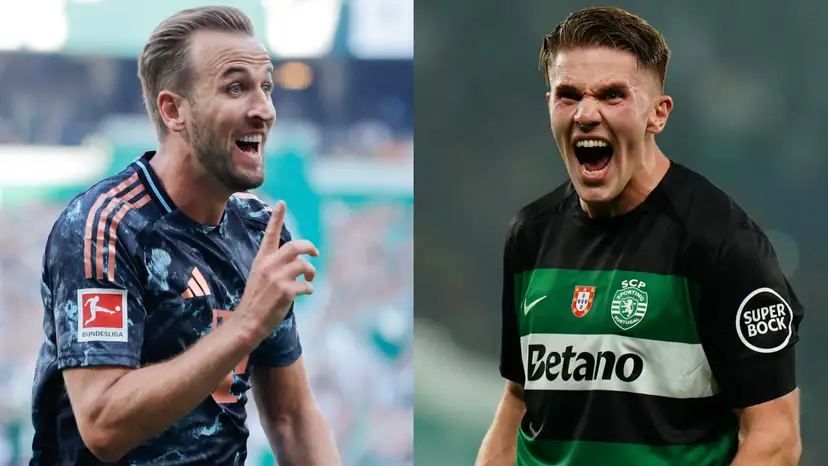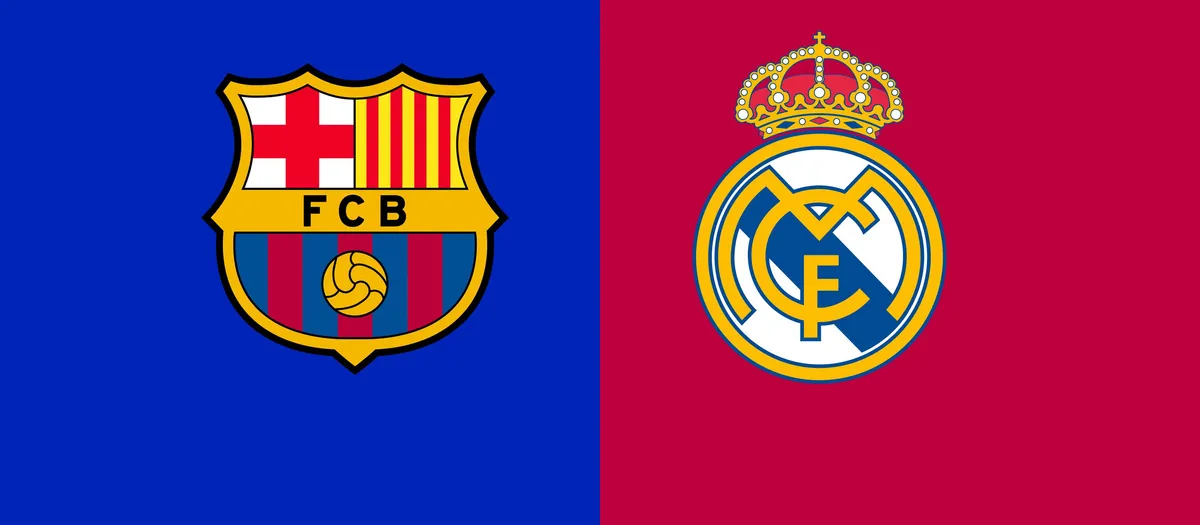
The club crest is football’s most powerful symbol. Unlike sponsors or kit designs that change every season, the badge endures. It carries the club’s history, geography, and identity, surviving owner changes, managerial shifts, and squad overhauls.
For fans, the badge is more than decoration. It represents belonging, connecting generations of supporters and embedding the local community into the club’s story. Every match, every chant, and every scarf displays a shared commitment to that symbol.
The badge is football’s purest icon. It protects heritage, shapes global recognition, and links the club’s past to its commercial future. Whether on a shirt, a flag, or a tattoo, it is the constant that defines the club, the visual shorthand for everything the club has been and hopes to be.
Badges are rarely arbitrary; they carry layers of meaning drawn from the club’s location and culture. Many incorporate local landmarks, towers, bridges, or historic animals, while others reference heraldry, like crowns or shields, highlighting civic pride or royal connections. Industrial or maritime symbols frequently appear too, reflecting the city’s working-class roots and local industries.
Beyond geography, badges document achievement. Stars, founding dates, and color choices signal trophies, longevity, and historic success. They are compact histories, letting anyone reading them understand the club’s lineage at a glance.
Badges also evolve, but changes are often cautious. Modern redesigns focus on digital clarity, but supporters resist radical simplification because every element carries meaning. Altering a crest risks erasing memory; each symbol represents decades of history, triumphs, and identity. The badge is both a living record and a bridge between past and present.
When players, managers, owners, and sponsors come and go, the badge is the one constant. It represents the club itself, not any single individual or era. Its continuity makes it the ultimate symbol of the institution.
For players, the badge carries deep significance. Wearing it signals responsibility, pride, and connection to the club’s history. Acts like kissing the crest on the shirt before kickoff or after scoring are outward expressions of loyalty, a ritual showing that the player is committed not just to the team but to the fans and the legacy they represent. Captains often emphasize the gesture as part of leadership, underlining that the badge embodies the collective identity they are sworn to protect.
For supporters, the badge defines belonging. Fans display it on shirts, scarves, flags, and even tattoos, making it a permanent marker of allegiance. In rivalries, it is the clearest distinction, a single emblem encapsulating decades of competition, local pride, and historical tension. It unites the community internally while marking it externally against opponents.
The badge is not a decoration. It is identity, history, and pride condensed into one visual symbol. It connects players, supporters, and generations, ensuring that the club remains more than a team, it is a living institution.
The badge is also the club’s most valuable commercial asset. Globally recognisable, it communicates identity, status, and league affiliation instantly. Unlike sponsors or kit designs that change, the badge maintains continuity across seasons and markets, making it the anchor of the club’s branding.
Merchandise revolves around it. Fans buy jerseys, retro kits, and special editions primarily for the emblem they represent. The sponsor logo may rotate every year, but the badge remains constant, driving both emotional loyalty and significant revenue. It is central to retail, licensing, and partnerships, functioning as a visual shorthand for the club’s entire story.
Legal protection is crucial. Clubs register trademarks for shapes, colors, and symbols worldwide to prevent counterfeiting and protect both brand integrity and revenue streams. Unauthorized use dilutes identity and undermines commercial power.
Clubs must also manage redesigns carefully. Attempts to simplify or modernize crests often provoke immediate backlash, proving that supporters view the emblem as sacred. The badge is not just a logo, it is a communal symbol, a historical record, and a commercial powerhouse. Every element carries meaning, and any change is treated as a challenge to the club’s soul.
The club badge is more than a design, it is football’s most enduring symbol. It preserves history, represents local identity, and connects generations of players and supporters. For players, it is a point of pride and commitment, exemplified by rituals like kissing the crest, while for fans, it defines loyalty and belonging. Commercially, it drives merchandise, branding, and global recognition, but its emotional and cultural value outweighs all financial considerations. Ultimately, the badge belongs to the community it represents. Protecting it is protecting the club itself, the soul on the shirt that endures beyond every season and every generation.

